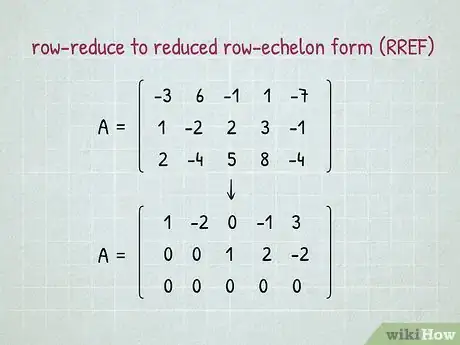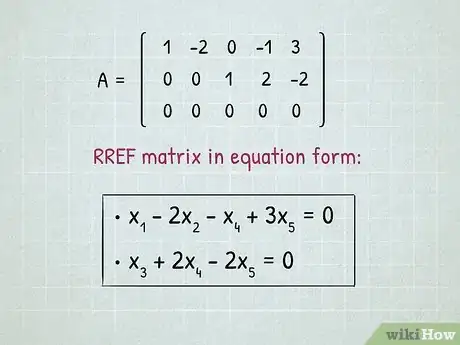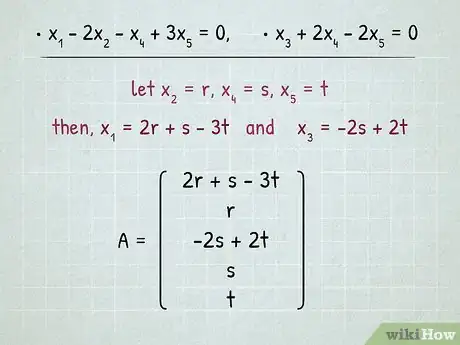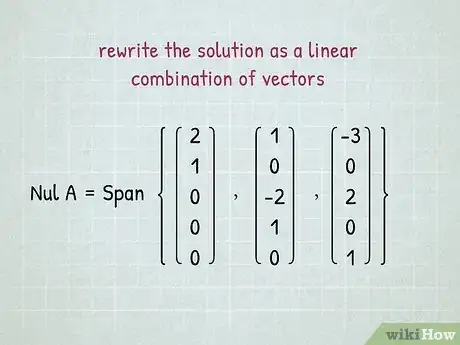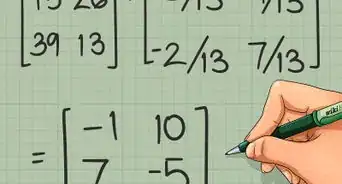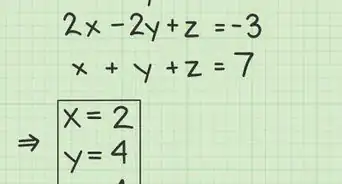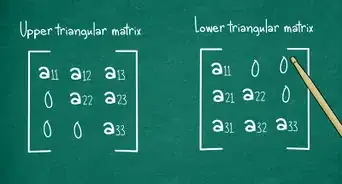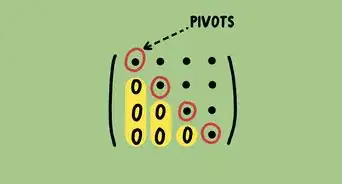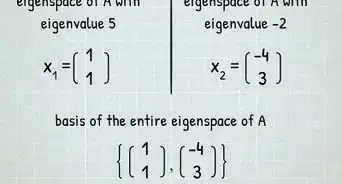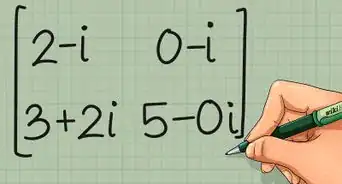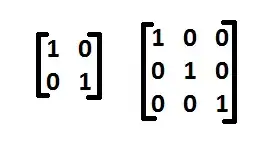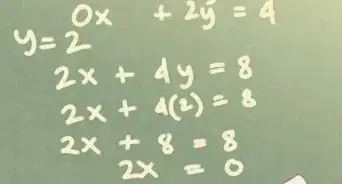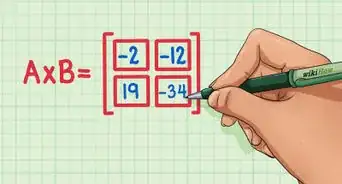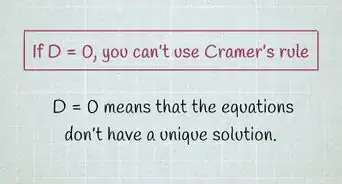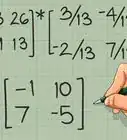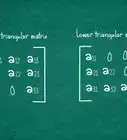X
wikiHow is a “wiki,” similar to Wikipedia, which means that many of our articles are co-written by multiple authors. To create this article, volunteer authors worked to edit and improve it over time.
This article has been viewed 138,008 times.
Learn more...
The null space of a matrix is the set of vectors that satisfy the homogeneous equation Unlike the column space it is not immediately obvious what the relationship is between the columns of and
Every matrix has a trivial null space - the zero vector. This article will demonstrate how to find non-trivial null spaces.
Steps
-
1
-
2Row-reduce to reduced row-echelon form (RREF).[2] For large matrices, you can usually use a calculator. Recognize that row-reduction here does not change the augment of the matrix because the augment is 0.
- We can clearly see that the pivots - the leading coefficients - rest in columns 1 and 3. That means that and have their identifying equations. The result is that are all free variables.
Advertisement -
3Write out the RREF matrix in equation form.[3]
-
4Reparameterize the free variables and solve.[4]
- Let Then and
-
5Rewrite the solution as a linear combination of vectors.[5] The weights will be the free variables. Because they can be anything, you can write the solution as a span.
- This null space is said to have dimension 3, for there are three basis vectors in this set, and is a subset of for the number of entries in each vector.
- Notice that the basis vectors do not have much in common with the rows of at first, but a quick check by taking the inner product of any of the rows of with any of the basis vectors of confirms that they are orthogonal.
Advertisement
Community Q&A
-
QuestionHow do you find the basis for the column space of a matrix?
 AlphabetCommunity AnswerRow reduce the matrix and pick the columns that have pivot points. Let us use the matrix A: 1 3 5, 5 6 7, 10 12 14. If we now reduce it, we get the following matrix: 1 0 -1, 0 1 2, 0 0 0. The first two columns have pivot positions, but the last column does not. So we go back to the original matrix A and the first two columns of the original matrix A form the basis of the column space.
AlphabetCommunity AnswerRow reduce the matrix and pick the columns that have pivot points. Let us use the matrix A: 1 3 5, 5 6 7, 10 12 14. If we now reduce it, we get the following matrix: 1 0 -1, 0 1 2, 0 0 0. The first two columns have pivot positions, but the last column does not. So we go back to the original matrix A and the first two columns of the original matrix A form the basis of the column space.
Advertisement
References
- ↑ https://www.cliffsnotes.com/study-guides/algebra/linear-algebra/real-euclidean-vector-spaces/the-nullspace-of-a-matrix
- ↑ http://www.eng.fsu.edu/~dommelen/aim/style_a/GEspc.html
- ↑ http://www.eng.fsu.edu/~dommelen/aim/style_a/GEspc.html
- ↑ http://ksuweb.kennesaw.edu/~plaval/math3260/rowcolspaces.pdf
- ↑ http://ksuweb.kennesaw.edu/~plaval/math3260/rowcolspaces.pdf
About This Article
Advertisement








